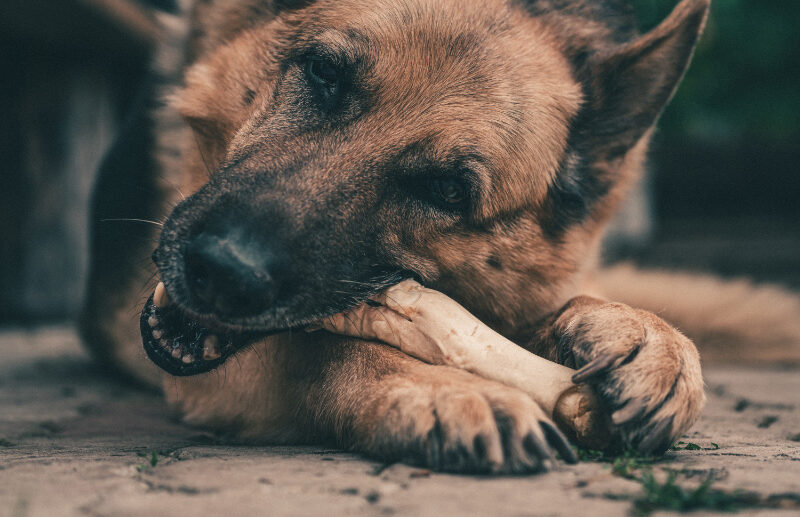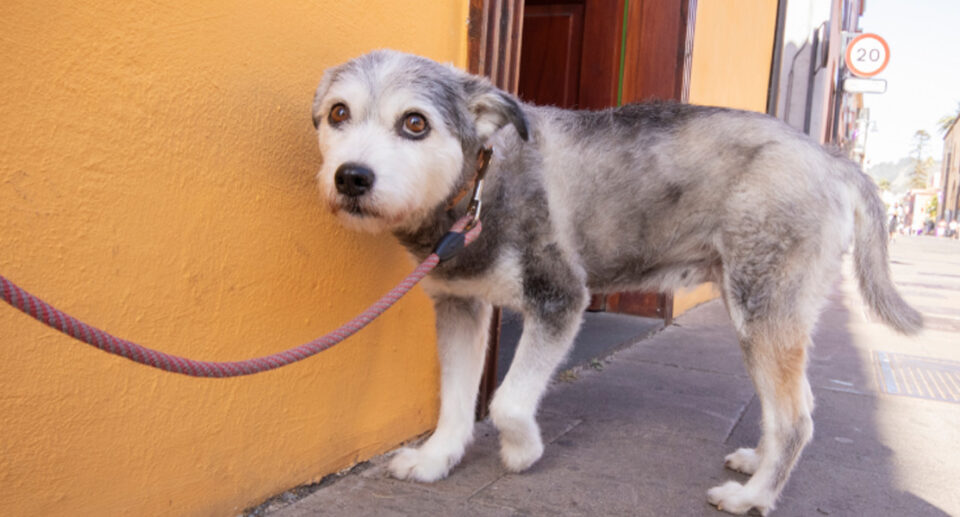Are Bones Safe to Feed Dogs?

Feeding bones to your dog
Feeding bones to dogs is controversial. Evidence suggests chewing bones is good for dogs in some ways, yet bad in other ways.
- Bones are a natural source of calcium and phosphorus.
- Chewing stimulates the jaw and prevents boredom.
- Bones can break teeth and cause damage to the enamel.
- Cooked bones are brittle and splinter. Splinters can perforate the intestines.
- Type of bones: Raw bones don’t splinter, but may contain bacteria that cause diarrhea and illness.
- Never feed raw pork, with or without bones.
- Work with a holistic veterinarian to determine what’s best for your pet.
Chicken bones for dogs
We’ve all heard the saying, ‘Don’t feed your dog chicken bones!‘ But really, feeding any cooked bone to your dog is dangerous because cooked bones may splinter and damage the stomach and intestines. Raw bones do not normally splinter. Many pets enjoy chewing raw chicken or turkey necks and raw chicken wings that are free of salmonella and other bacteria. Raw beef knuckle bones are also delicious treats. Work with your holistic veterinarian to do what is best for your individual pet.
Rawhide dog bones
Rawhide dog bones allow dogs to chew safely indoors without dirtying the floor or furniture. Rawhide dog bones exercise the jaw, stimulate saliva flow, and help keep the mouth healthy. Because rawhide does not dissolve in the intestines, make sure your pet doesn’t swallow large hunks. Remove the rawhide once it is small enough that your pet might swallow it whole.
Tips to make bone chewing safer for your dog
- Allow your pet a bone for 20 minutes per day, rinse the bone, and put it in the refrigerator for the next day. Consider soaking the bone in vinegar to kill bacteria before refrigerating. Discard bones after a few days.
- Begin offering bones to puppies. They learn to chew and not gulp. Watch adult dogs receiving bones for the first time. These pets have the biggest problem because they become overly excited, attack their bones, bite off and swallow chunks, and develop intestinal blockages.
- Observe your pet while he or she has a bone. Remove the bone well before it is small enough to fit entirely in the mouth and get swallowed.
- Don’t get bitten while removing a bone. Have a harness and leash around your dog, ask your pet to come, offer an overwhelmingly great treat, and lead them away from the bone. For many dogs, it’s safer to lead your pet away than to reach down and take a bone.
Consider alternative dog treats
Raw bones have their benefits, and now many dog treats do as well. Whether it’s dental health you are concerned with, or you’re looking for an all-natural treat, there are plenty of options. As with all dog treats, moderation is key to avoid excessive weight gain.





